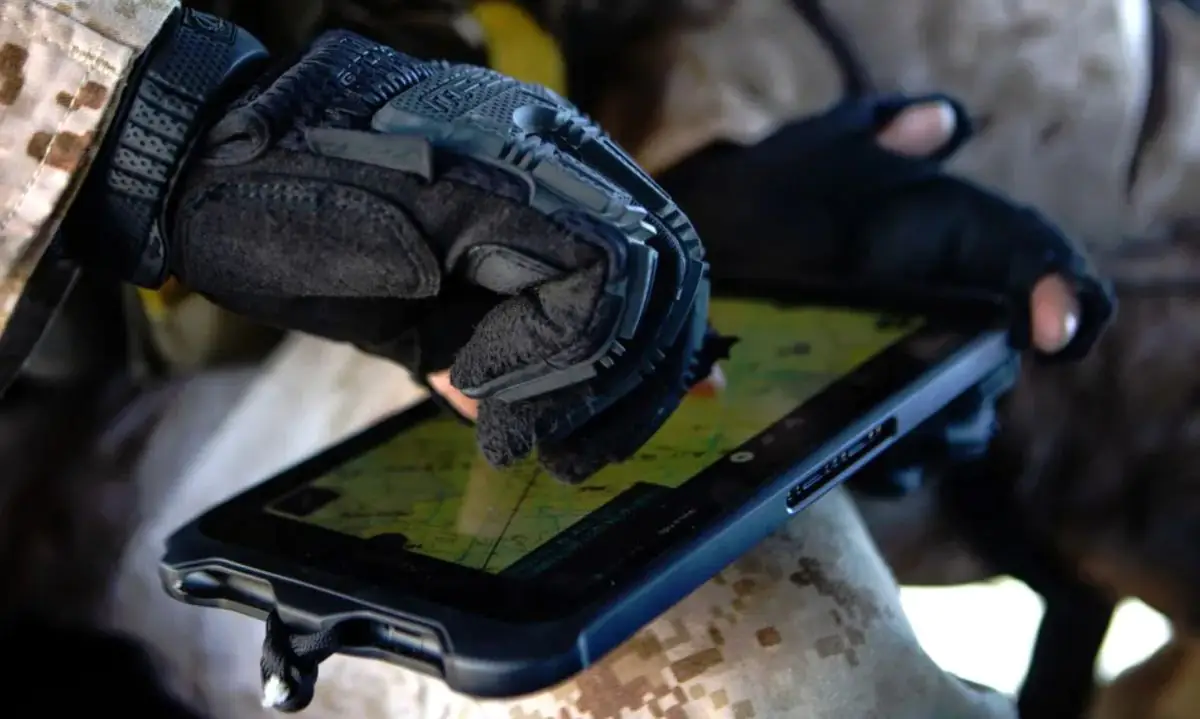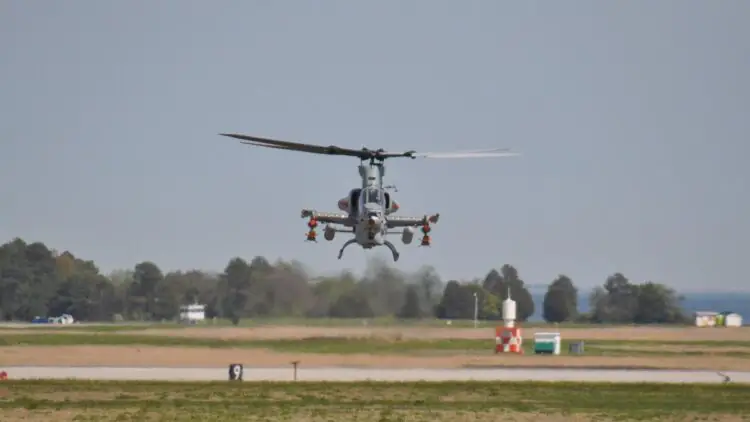The U.S. Navy has released a photo of the Marine Corps AH-1Z Viper attack helicopter carrying a newly spotted long-range munition. The Marine Corps is known to be developing at least one such weapon – the Precision Attack Strike Missile (PASM) – which will significantly extend the helicopter’s strike range against targets on land and at sea. Equipped with these munitions, the AH-1Z could play a crucial role in future conflicts, particularly in the Pacific region.
Naval Air Systems Command (NAVAIR) recently published an image of the AH-1Z as part of an announcement that the Marine Corps had successfully conducted its first live-fire test of this new long-range precision strike capability.

The test was successfully conducted at the Yuma Proving Ground in Arizona, where the AH-1Z carried out a single missile launch using the Marine Air-Ground Tablet (MAGTAB), according to NAVAIR. Officials noted that the trial exceeded threshold requirements for positioning, navigation, and synchronization. While they did not specify which program was being tested, it is likely that this was the first demonstration as part of the PASM development effort.
The Marine Aviation Plan for 2025 also confirms that “PASM recently completed its first launch from an AH-1Z aircraft.” In the released photo, the helicopter is armed with two missiles, one mounted on each of the outer pylons near the tail, featuring large orange fairings. Additionally, the Viper’s wingtips are equipped with instrumentation pods, along with a pair of external fuel tanks.
The missiles themselves feature an X-shaped tail assembly and retractable wings positioned beneath the fuselage. While the image quality is not particularly high, the design appears to incorporate elements aimed at reducing radar visibility. However, it is also possible that the image was edited before release for security reasons.

NAVAIR also noted that last year’s tests marked the first time a Marine Corps rotary-wing aircraft employed a weapon system controlled via the MAGTAB tablet. This system is typically used by individual Marines for communication and data sharing, including coordinating close air support, assisting with route planning, and enhancing situational awareness.
The MAGTAB can transmit targeting data from external sources to the AH-1Z, allowing it to engage threats beyond the range of its onboard sensors. The U.S. military has also used similar tablet-based systems to integrate modern Western precision-guided munitions with Ukrainian aircraft originally designed for Soviet-era weapons.
Extending the range at which AH-1Z helicopters can engage targets is a clear priority for the Marine Corps, particularly in the context of future military operations. A new munition with a flight range of 185 to 277 km would significantly enhance the Viper’s capabilities. Currently, the helicopter operates with AGM-114 Hellfire and AGM-179 Joint Air-to-Ground Missile (JAGM), both of which have a maximum range of approximately 8 km.
Source: twz









